
Beyoglu: The Vibrant Heart of Istanbul
Explore the vibrant streets of Beyoglu, Istanbul's cultural and entertainment hub, where history meets modernity in a lively atmosphere.
Beyoglu, located on the European side of Istanbul, is a bustling and dynamic neighbourhood known for its rich cultural history and modern vibrancy. This area is home to the famous Istiklal Avenue, a pedestrian street lined with shops, cafes, and historic buildings, making it a perfect spot for leisurely strolls and shopping sprees. The nostalgic tram that runs along Istiklal Avenue adds a charming touch to the vibrant atmosphere. One of the highlights of Beyoglu is Taksim Square, a major cultural and historical hub. The square is surrounded by significant landmarks, including the Atatürk Cultural Center and the Republic Monument. From Taksim Square, you can easily explore the nearby Gezi Park, a green oasis in the middle of the urban landscape, perfect for a relaxing break. Beyoglu is also renowned for its diverse nightlife and entertainment options. From traditional meyhanes (taverns) to trendy bars and clubs, visitors can experience the lively nightlife that Istanbul is famous for. The neighbourhood is dotted with art galleries, theaters, and live music venues, catering to a wide range of tastes and interests. With its blend of the old and the new, Beyoglu offers a unique and unforgettable experience for every visitor.
Local tips in Beyoglu
- Wear comfortable shoes for walking, as Istiklal Avenue and its side streets are best explored on foot.
- Visit the Pera Museum for a taste of local art and history.
- Try to catch a performance at the historic Istanbul Theatre.
- Enjoy a traditional Turkish coffee at one of the many cafes along Istiklal Avenue.
- Don't miss the panoramic views of Istanbul from the Galata Tower.
Iconic landmarks you can’t miss
Çiçek Pasajı
Explore the enchanting Çiçek Pasajı in Istanbul, where history meets vibrant culture, and indulge in delightful local flavors and stunning architecture.
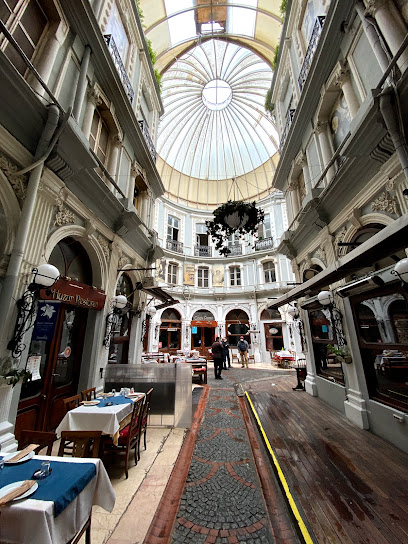
St. Pierre Han
Explore the historical charm of St. Pierre Han in Beyoğlu, Istanbul - a vibrant landmark blending culture, art, and history for every traveler.
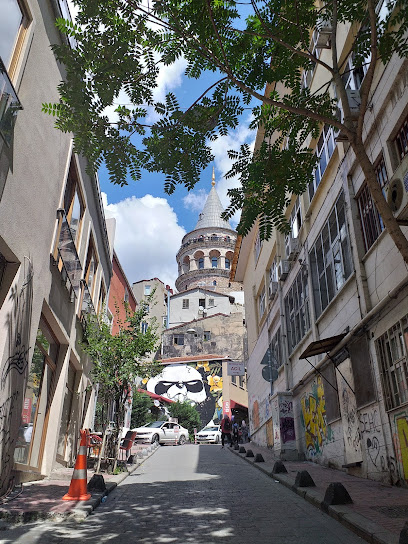
The Boulder
Experience the majestic Boulder in Istanbul's Beyoğlu, a must-visit tourist attraction that encapsulates the city's rich cultural heritage.

The Tunnel Marker
Explore the historical significance of The Tunnel Marker in Beyoğlu, Istanbul, a fascinating testament to the city's innovative engineering and rich cultural heritage.
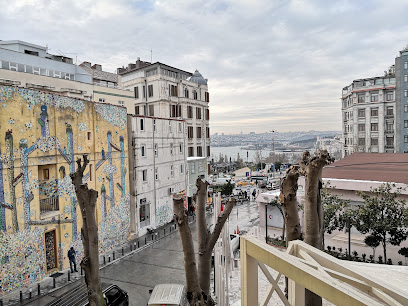
Turnacıbaşı 30
Experience the rich history and architectural beauty at Turnacıbashı 30, a must-see landmark in Istanbul's vibrant Beyoğlu district.
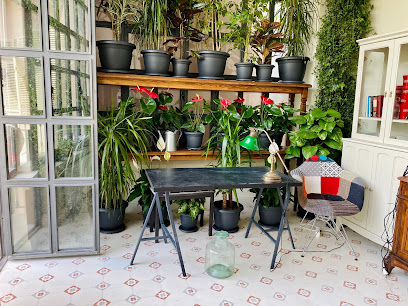
Taksim Su Sarnıcı
Explore the enchanting Taksim Su Sarnıcı, a historical cistern in Istanbul that showcases the city's rich Byzantine heritage and architectural beauty.
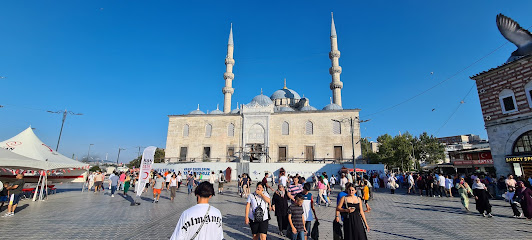
Byzantine ruins
Immerse yourself in history at the Byzantine ruins, a stunning historical landmark in the heart of Istanbul, where ancient architecture meets vibrant culture.
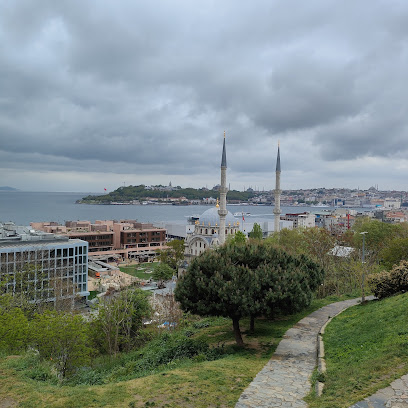
獨立大街
Experience the vibrant culture and rich history of İstiklal Street, Istanbul's iconic pedestrian thoroughfare filled with shops, cafes, and attractions.

Tarihi Çeşme
Explore Tarihi Çeşme, a historical fountain in Beyoğlu, Istanbul, showcasing exquisite Ottoman architecture and cultural significance.
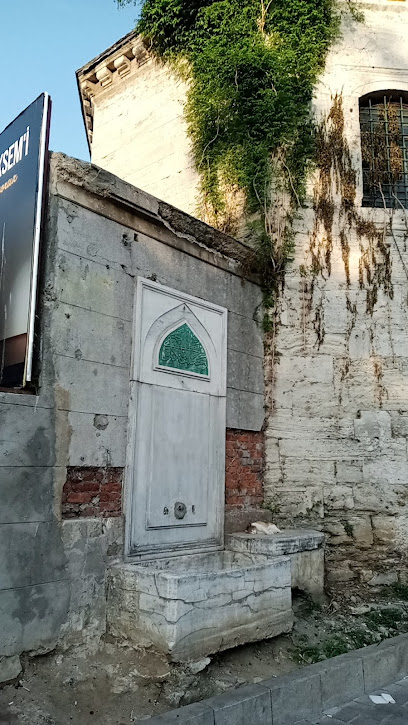
Yürekçıkmazı
Discover the charming Yürekçıkmazı in Istanbul's İstiklal district, a vibrant tourist attraction rich in history and local culture.

Unmissable attractions to see
Çiçek Pasajı
Discover the charming Çiçek Pasajı in Istanbul, a historical arcade filled with delightful shops, local cuisine, and vibrant atmosphere.

Madame Tussauds Istanbul
Discover the fascinating world of Madame Tussauds Istanbul, where you can meet your favorite stars and historical figures in lifelike wax form.
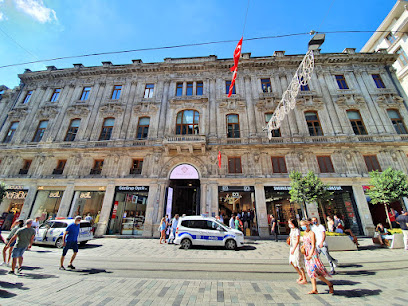
İBB Taksim Gezi Parkı
Explore İBB Taksim Gezi Parkı, a beautiful urban park in Istanbul, rich with culture, art, and lush greenery for all visitors to enjoy.
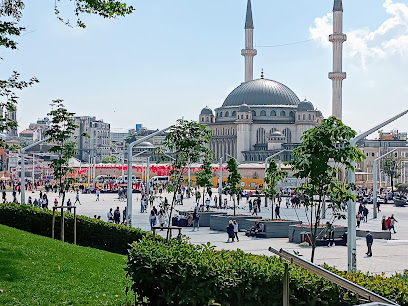
Istanbul Museum of Modern Art
Explore Istanbul Museum of Modern Art: A vibrant hub for contemporary art that showcases innovative exhibitions, inspiring creativity and cultural dialogue.
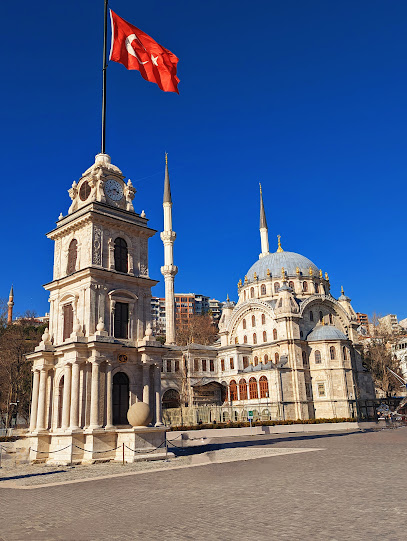
Ask Istanbul TR Boat
Sail through Istanbul's rich history and vibrant culture on the scenic Bosphorus with Ask Istanbul TR Boat.

Cute cat Kaju
Experience the delightful charm of Kaju, a cozy cat sanctuary in the heart of Istanbul, perfect for cat lovers and those seeking tranquility.
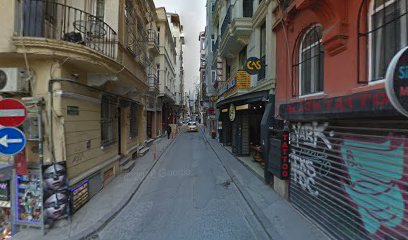
Sunset
Witness the stunning transformation of the Istanbul skyline as day turns to night at the breathtaking Sunset in Beyoğlu.
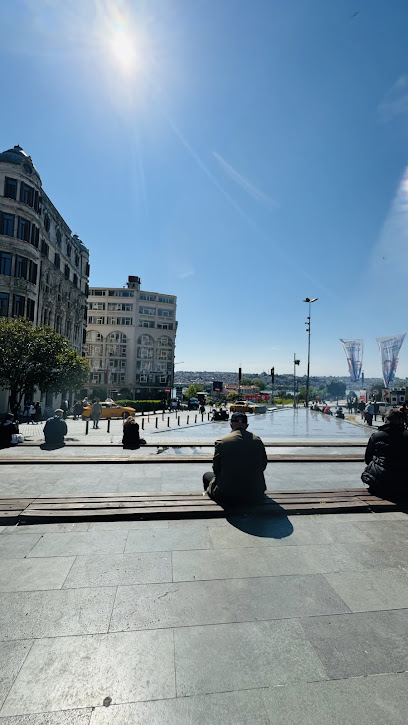
Essential places to dine
WAMA'S
Experience authentic Italian cuisine at WAMA'S in Beyoğlu, where every dish tells a story of flavor and tradition.
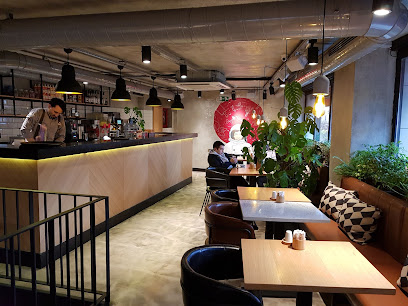
Dürümzade
Discover authentic Turkish flavors at Dürümzade in Istanbul – home of the best dürüm wraps!
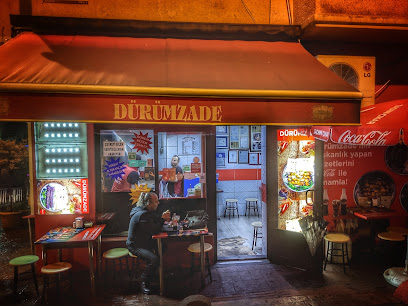
ANTIQUE PIZZERIA
Experience authentic Italian flavors at Antique Pizzeria - a cozy haven for pizza lovers in the heart of Istanbul's Beyoğlu district.
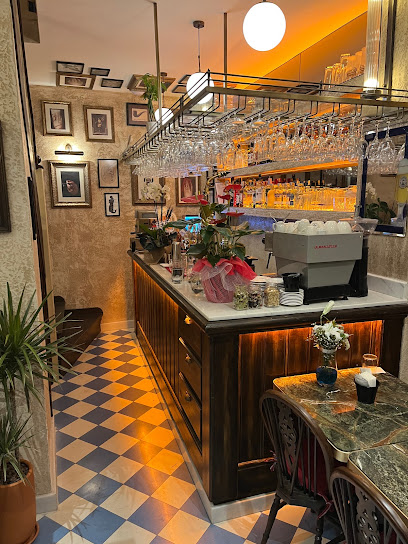
Eleos Restaurant
Experience the essence of Mediterranean cuisine at Eleos Restaurant in Beyoğlu, Istanbul – where every meal tells a story.

Hayvore
Experience authentic Turkish cuisine at Hayvore in Beyoğlu, Istanbul - a culinary gem offering delicious chicken dishes and traditional meals.
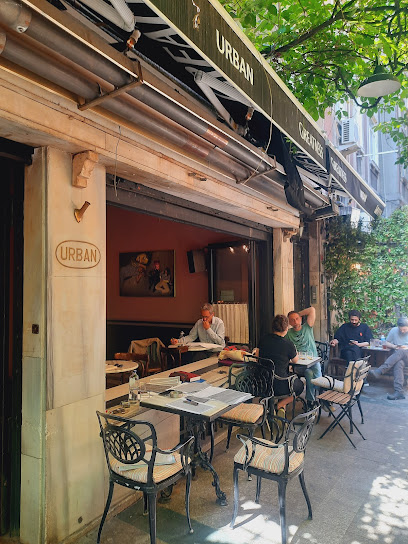
Leb-i Derya
Discover authentic Turkish cuisine at Leb-i Derya in Istanbul with stunning views over the Bosphorus and vibrant nightlife.
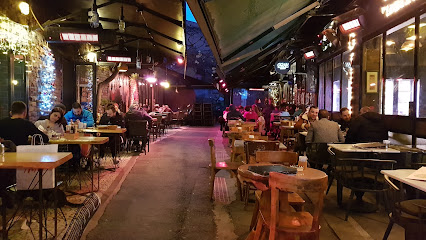
Babel Café Restaurant
Discover Babel Café Restaurant in Beyoğlu for an exquisite blend of Mediterranean and Turkish cuisine amidst a vibrant atmosphere.
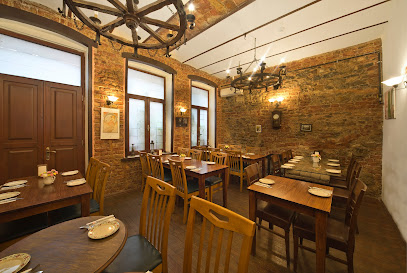
Faros Restaurant Taksim
Experience exquisite Italian and Mediterranean cuisine at Faros Restaurant Taksim - where every meal is a journey through flavor.
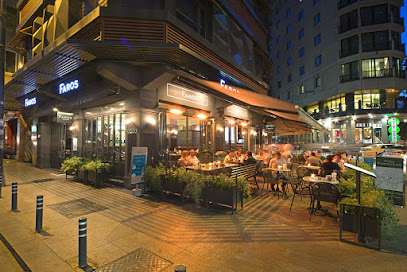
Aheste
Experience authentic Turkish cuisine at Aheste in Beyoğlu, where exquisite flavors meet elegant ambiance for an unforgettable dining experience.
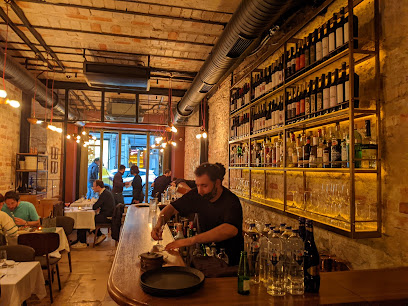
1924 İstanbul
Discover authentic Eastern European cuisine at 1924 İstanbul – where every dish tells a story in the heart of Beyoğlu.
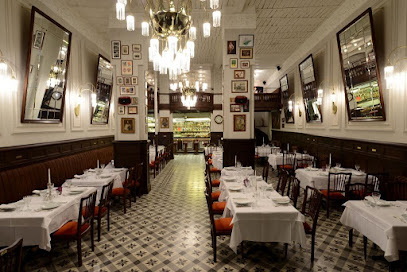
Markets, malls and hidden boutiques
Soul of Anatolia
Discover unique souvenirs and fashion accessories at the Soul of Anatolia, where traditional craftsmanship meets modern design in the heart of Istanbul.
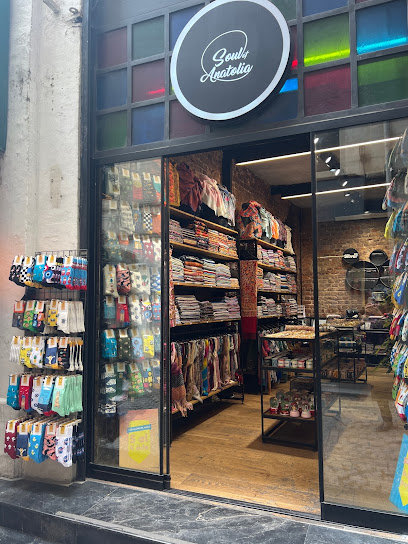
Avrupa Pasajı
Explore Avrupa Pasajı, a vibrant department store in Beyoğlu, Istanbul, offering unique fashion, souvenirs, and a delightful shopping experience.
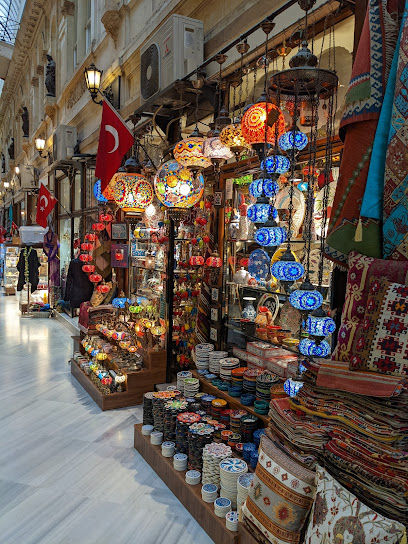
Grandma Vintage Shop
Grandma Vintage Shop: Your go-to destination for unique vintage clothing and accessories in the heart of Istanbul's Beyoğlu.
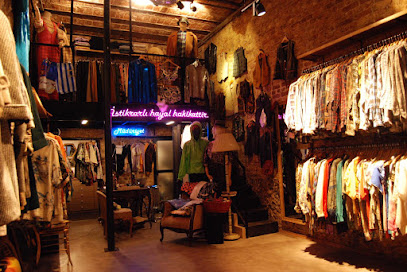
Public Vintage
Explore Public Vintage in Beyoğlu, a unique boutique offering eclectic vintage finds that capture the spirit of Istanbul.
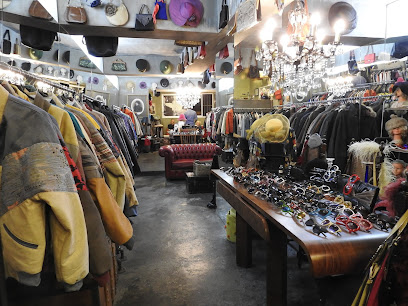
Tuncer Gift Shop Mosaic Lamps Turkish Lamps
Explore the vibrant world of Tuncer Gift Shop Mosaic Lamps, where exquisite Turkish craftsmanship meets unique home decor in the heart of Istanbul.
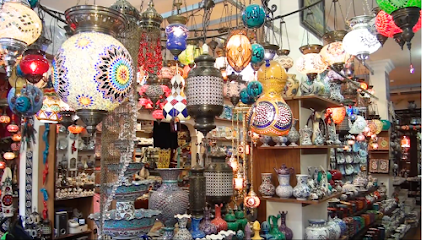
Clandestino
Explore Clandestino: A chic clothing store in Istanbul's Beyoğlu offering unique fashion and local craftsmanship.
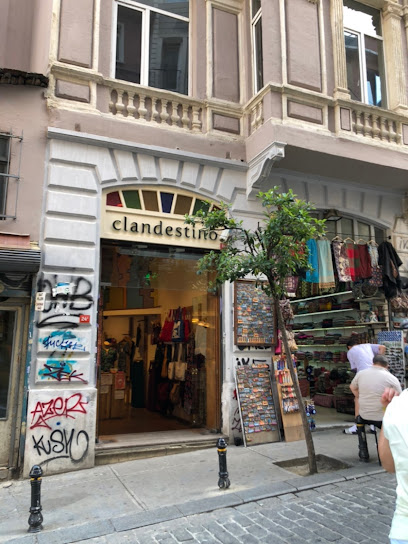
Centro
Discover the latest trends and unique styles at Centro, Istanbul's premier clothing store in the vibrant Beyoğlu district.
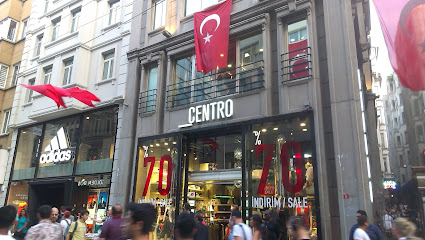
By Retro
Explore By Retro, Istanbul's iconic costume store, offering a dazzling array of vintage and contemporary outfits in the heart of the city!
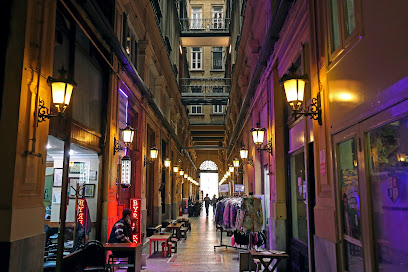
Eleni Vintage Galata
Explore the charm of Eleni Vintage Galata, Istanbul's premier destination for unique vintage fashion and sustainable shopping experiences.
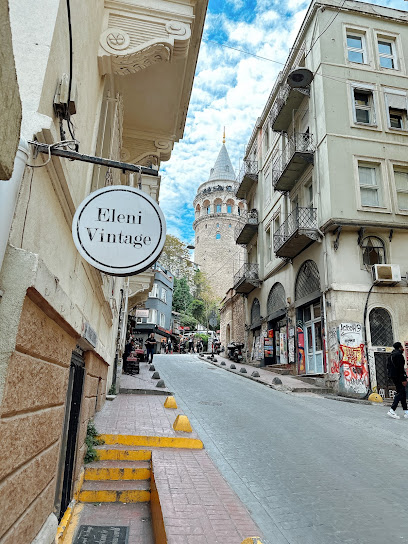
Galata Otantik Shop
Explore Galata Otantik Shop in Beyoğlu for unique souvenirs and traditional Turkish crafts, a true reflection of Istanbul's vibrant culture.
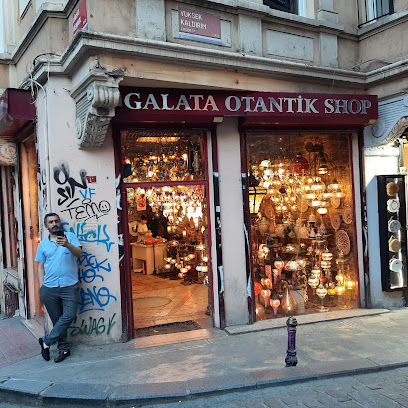
Essential bars & hidden hideouts
Corner Irish Pub
Discover the vibrant atmosphere and authentic flavors of Corner Irish Pub, a top destination for nightlife in Istanbul's Beyoğlu district, blending Irish warmth with local charm.
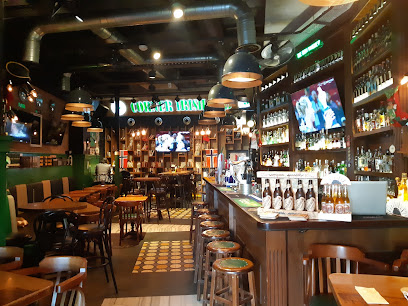
Irish Pub The James Joyce
Immerse yourself in the rich culture of Ireland at The James Joyce, a lively pub in the heart of Istanbul's Beyoğlu district offering great drinks and hearty food.
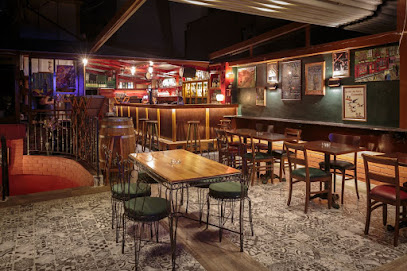
U2 Istanbul Irish Pub
Discover U2 Istanbul Irish Pub: A lively blend of Irish cuisine and music in the heart of Istanbul's vibrant Beyoğlu district.
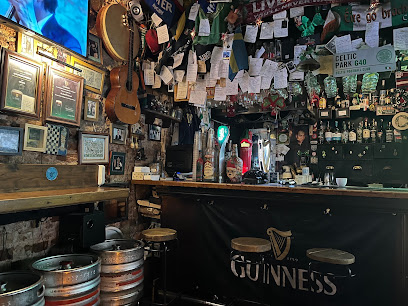
Ritim
Experience the vibrant nightlife of Istanbul at Ritim, a lively bar and night club in Beyoğlu, offering great drinks and a festive atmosphere.
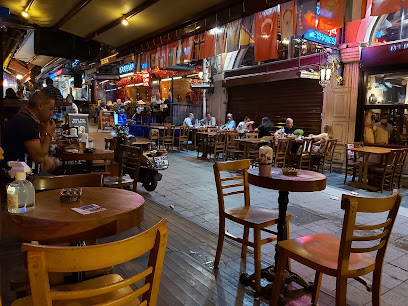
Ziba
Experience the vibrant nightlife of Istanbul at Ziba, a top pub in Beyoğlu known for its great drinks and lively atmosphere.
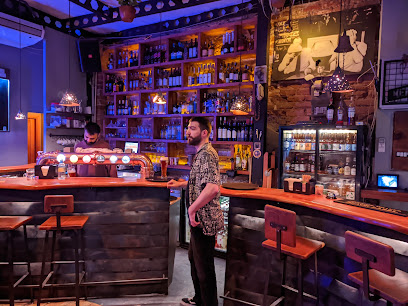
Yuri Gagarin Bar
Discover the vibrant nightlife of Istanbul at Yuri Gagarin Bar, a dynamic cocktail bar and nightclub in the heart of Beyoğlu, perfect for memorable evenings.
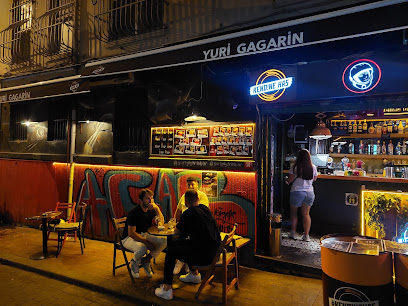
FredBarİstanbul
Discover FredBar in Istanbul - a lively bar with exquisite cocktails and a vibrant atmosphere, perfect for experiencing the city's nightlife.
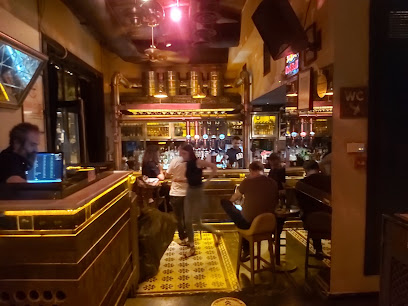
Muaf Beyoğlu
Discover Muaf Beyoğlu: A lively bar and vegan restaurant in Istanbul's Beyoğlu, offering delicious cuisine and live music in a vibrant atmosphere.
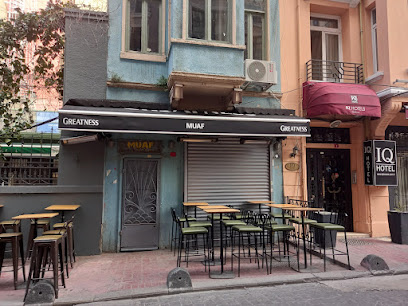
Mezzo Bar
Discover the vibrant ambiance of Mezzo Bar in Beyoğlu, a perfect spot for affordable drinks and lively entertainment amidst Istanbul’s nightlife.
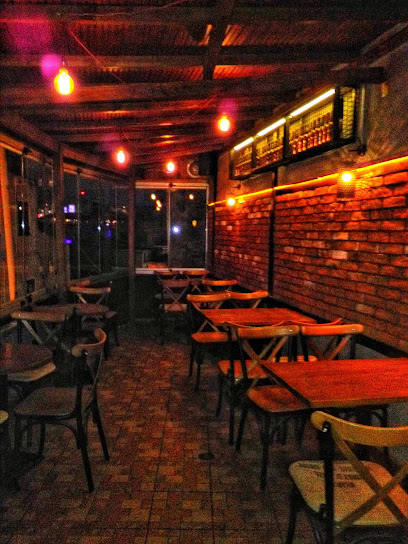
The Pub Beyoglu
Discover the vibrant nightlife of Istanbul at The Pub Beyoglu, a cozy spot for drinks and live music in the heart of Beyoğlu.
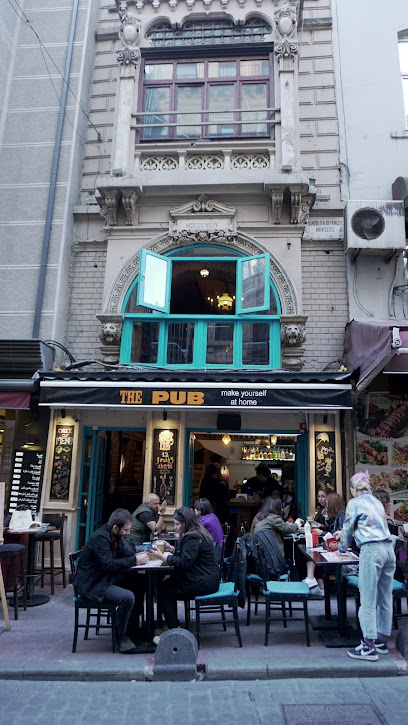
Local Phrases
-
- HelloMerhaba
[Mer-ha-ba] - GoodbyeHoşçakal
[Hosh-cha-kal] - YesEvet
[Eh-vet] - NoHayır
[Ha-yur] - Please/You're welcomeLütfen
[Loot-fen] - Thank youTeşekkür ederim
[Teh-sheh-kur eh-deh-rim] - Excuse me/SorryÖzür dilerim
[Oz-ur dee-leh-rim] - How are you?Nasılsınız?
[Na-sul-suh-nuz] - Fine. And you?İyiyim. Ya siz?
[Ee-yee-yim. Ya siz?] - Do you speak English?İngilizce konuşuyor musunuz?
[Ing-ee-leez-jeh ko-noo-shu-yor moos-oo-nooz] - I don't understandAnlamıyorum
[An-la-muh-yor-um]
- HelloMerhaba
-
- I'd like to see the menu, pleaseMenüyü görmek istiyorum, lütfen
[Men-oo-yu germ-ek is-tee-yor-um, loot-fen] - I don't eat meatEt yemem
[Et yeh-mem] - Cheers!Şerefe!
[Sheh-reh-feh] - I would like to pay, pleaseÖdemek istiyorum, lütfen
[Er-deh-mek is-tee-yor-um, loot-fen]
- I'd like to see the menu, pleaseMenüyü görmek istiyorum, lütfen
-
- Help!Yardım edin!
[Yar-duhm ed-een] - Go away!Uzaklaş!
[Oo-zak-lash] - Call the Police!Polisi arayın!
[Po-lee-see ah-rah-yun] - Call a doctor!Doktor çağırın!
[Dok-tor cha-ee-run] - I'm lostKayboldum
[Ka-yol-doom] - I'm illHasta'yım
[Hah-stah-yum]
- Help!Yardım edin!
-
- I'd like to buy...Satın almak istiyorum...
[Sat-uhn al-mak is-tee-yor-um] - I'm just lookingSadece bakıyorum
[Sah-deh-je bah-ku-yor-um] - How much is it?Ne kadar?
[Neh ka-dar] - That's too expensiveBu çok pahalı
[Boo chok pa-ha-luh] - Can you lower the price?Fiyatı indirebilir misiniz?
[Fiyat-uh in-di-reh-bil-eer mee-see-neez]
- I'd like to buy...Satın almak istiyorum...
-
- What time is it?Saat kaç?
[Sa-at kach] - It's one o'clockSaat bir
[Sa-at beer] - Half past (10)On buçuk
[On boo-chuk] - MorningSabah
[Sah-bah] - AfternoonÖğleden sonra
[Oh-leh-den ah-soo-rah] - EveningAkşam
[Ahk-sham] - YesterdayDün
[Doon] - TodayBugün
[Boo-gun] - TomorrowYarın
[Yah-run] - 1Bir
[Beer] - 2İki
[Ee-kee] - 3Üç
[Ooch] - 4Dört
[Durt] - 5Beş
[Besh] - 6Altı
[Al-tuh] - 7Yedi
[Yeh-dee] - 8Sekiz
[Seh-keez] - 9Dokuz
[Doh-kooz] - 10On
[On]
- What time is it?Saat kaç?
-
- Where's a/the...?... nerede?
[... neh-reh-deh?] - What's the address?Adres ne?
[Ad-res neh?] - Can you show me (on the map)?Bana (haritada) gösterebilir misiniz?
[Bah-na (ha-ree-ta-da) ger-steh-reh-bil-eer mee-see-neez] - When's the next (bus)?Sonraki (otobüs) ne zaman?
[Son-rah-kee (o-to-boo-s) neh zah-man?] - A ticket (to ....)Bir bilet (....'a)
[Beer bee-let ('a)]
- Where's a/the...?... nerede?
History of Beyoglu
-
Beyoglu, originally known as Pera, began to emerge as a significant area during the Byzantine era. Its strategic location across the Golden Horn from the old city of Constantinople made it a vital commercial hub. With the arrival of the Genoese in the 13th century, Pera became a center for trade and foreign diplomacy, fostering a multicultural environment that would shape its identity for centuries.
-
In the 19th century, Beyoglu underwent significant modernization under Ottoman rule, particularly during the Tanzimat reforms. The construction of the famous Istiklal Avenue and the introduction of European-style buildings transformed the neighborhood into a vibrant cultural and social center. This period also saw the establishment of theaters, cafes, and the first tram system in Istanbul, reflecting the influx of Western influences.
-
Beyoglu became the heart of Istanbul's cultural life in the late 19th and early 20th centuries. It was home to numerous literary figures, artists, and intellectuals, creating a rich tapestry of artistic expression. The 1920s and 1930s saw the rise of Turkish cinema and the establishment of many iconic theaters and music halls, contributing to Beyoglu's reputation as a cultural melting pot.
-
In 2013, Beyoglu became the epicenter of the Gezi Park protests, which began as a movement to protect a park from redevelopment. The protests quickly escalated into a nationwide demonstration against government policies, reflecting broader societal issues. The events in Beyoglu highlighted the neighborhood's role as a hub for political and social activism, drawing attention both nationally and internationally.
-
Today, Beyoglu stands as a testament to Istanbul's complex history, where traditional elements coexist with contemporary developments. The area continues to attract a diverse crowd, from locals to tourists, with its bustling streets, art galleries, historic sites, and vibrant nightlife. The blend of modernity and history exemplifies the ongoing evolution of this significant neighborhood in Istanbul.
Beyoglu Essentials
-
Beyoglu is easily accessible from various neighborhoods in Istanbul. From Sultanahmet, take the T1 tram line to Kabatas, then transfer to the funicular to reach Taksim Square. If you are in Kadikoy, you can take a ferry to Karakoy and then walk or take a tram to Beyoglu. Major bus routes also connect to the area, making it convenient to reach from places like Sisli or Besiktas.
-
Beyoglu is well-served by public transport. The Taksim metro station connects to other parts of the city, while the nostalgic tram runs along Istiklal Avenue. Buses and dolmus (shared taxis) are also available. Walking is a great option, as many attractions are close together. Bicycle rentals can be found in various locations, and there are bike lanes in some areas.
-
Beyoglu is generally safe for tourists, but it is wise to remain vigilant, especially in crowded areas. Petty crimes like pickpocketing can occur, particularly around Istiklal Avenue and Taksim Square. Exercise caution at night and avoid poorly lit streets. While Beyoglu is mostly safe, areas like Taksim's side streets can be more prone to theft, so stay alert.
-
In case of an emergency, dial 112 for ambulance services or 155 for the police. There are hospitals and medical facilities in Beyoglu, including the Taksim Training and Research Hospital. Ensure you have travel insurance for medical emergencies, and know that pharmacies are widely available for minor health issues.
-
Fashion: Do wear comfortable shoes for walking; dress modestly when visiting religious sites. Don't wear overly revealing clothing. Religion: Do be respectful at mosques; cover your head if required. Public Transport: Do give up your seat for elderly passengers; don't eat or drink on public transport. Greetings: Do greet with a handshake; don't assume familiarity. Eating & Drinking: Do try local dishes and embrace Turkish hospitality; don't refuse food offerings, as it can be considered rude.
-
To experience Beyoglu like a local, explore the side streets of Cukurcuma and Galata for unique shops and cafes. Visit the local markets, such as the historic Pera Market, for fresh produce and artisan goods. Enjoy traditional Turkish tea at a local café, and consider taking a stroll along the Bosphorus at sunset for breathtaking views. Engaging with locals can enhance your experience, as they often have great stories and recommendations.
-
When visiting Beyoglu, it's important to be aware of cultural norms. Public displays of affection may be frowned upon in more conservative areas. Always ask before taking photographs of people, especially in markets or religious sites. Learning a few basic Turkish phrases can go a long way in building rapport with locals and enhancing your travel experience.
-
When dining in Beyoglu, it's customary to wait for the host to begin eating before you do. If invited to someone's home, it’s polite to bring a small gift, such as sweets or flowers. Tipping is appreciated, typically around 10-15% in restaurants. In more casual eateries, rounding up the bill is common.
Nearby Cities to Beyoglu
-
Things To Do in Bursa
-
Things To Do in Burgas
-
Things To Do in Canakkale
-
Things To Do in Varna
-
Things To Do in Alexandroupoli
-
Things To Do in Shumen
-
Things To Do in Haskovo
-
Things To Do in Stara Zagora
-
Things To Do in Izmir
-
Things To Do in Pamukkale
-
Things To Do in Constanta
-
Things To Do in Ankara
-
Things To Do in Gabrovo
-
Things To Do in Ephesus
-
Things To Do in Kavala



